
hat we want is for safety to be part of our day-to-day work. It’s not a separate ‘safety culture.’ It’s part of our overall culture,” Chris Rodriguez says, discussing his career in workplace safety. “It’s a very dynamic field.”
Rodriguez is the region safety manager for Granite Construction in Alaska and co-chairs the Associated General Contractors, or AGC, of Alaska Safety Committee.
“We’re a support group for our projects. We’re just trying to help our employees be in compliance, be safe, and get home at the end of the day safely,” he says.
“I try to get some involvement with the crew,” he says. “The people that are closest to the hazards are going to have valuable feedback.”
He finds workers are willing to share safety concerns, which helps project teams address potential hazards before an incident occurs.
“That’s been a big part of our success. A successful project is a safe project,” he says.
Rodriguez worked his way into safety from the bottom up. He has a Construction Health and Safety Technician certification, but “honestly, a lot of it came from field experience. I started off in mining at 18 years old as a laborer and worked into different roles,” he explains.
“That’s been a big part of our success. A successful project is a safe project.”
Chris Rodriguez
He joined the AGC of Alaska Safety Committee soon afterwards, where he is now co-chair with Dora Hughes of Knik Construction Co., Inc. Hughes says his “attention to detail and continued support and leadership” on the committee have made working with him a pleasure.
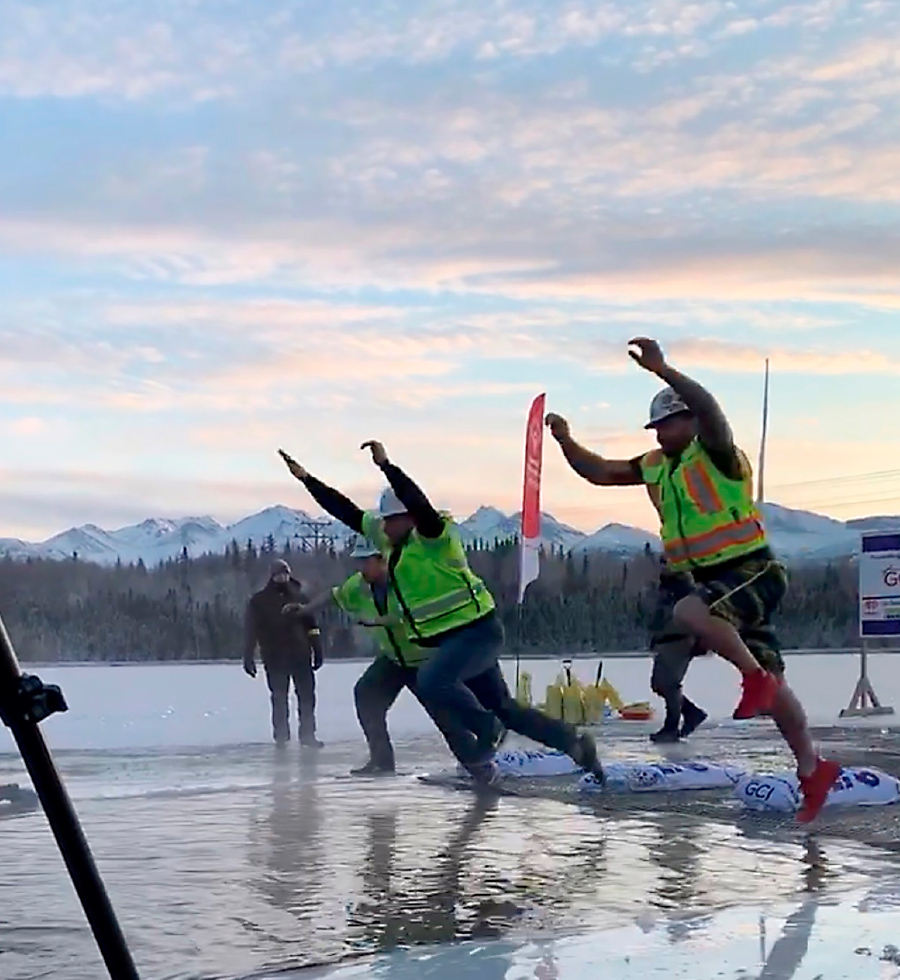
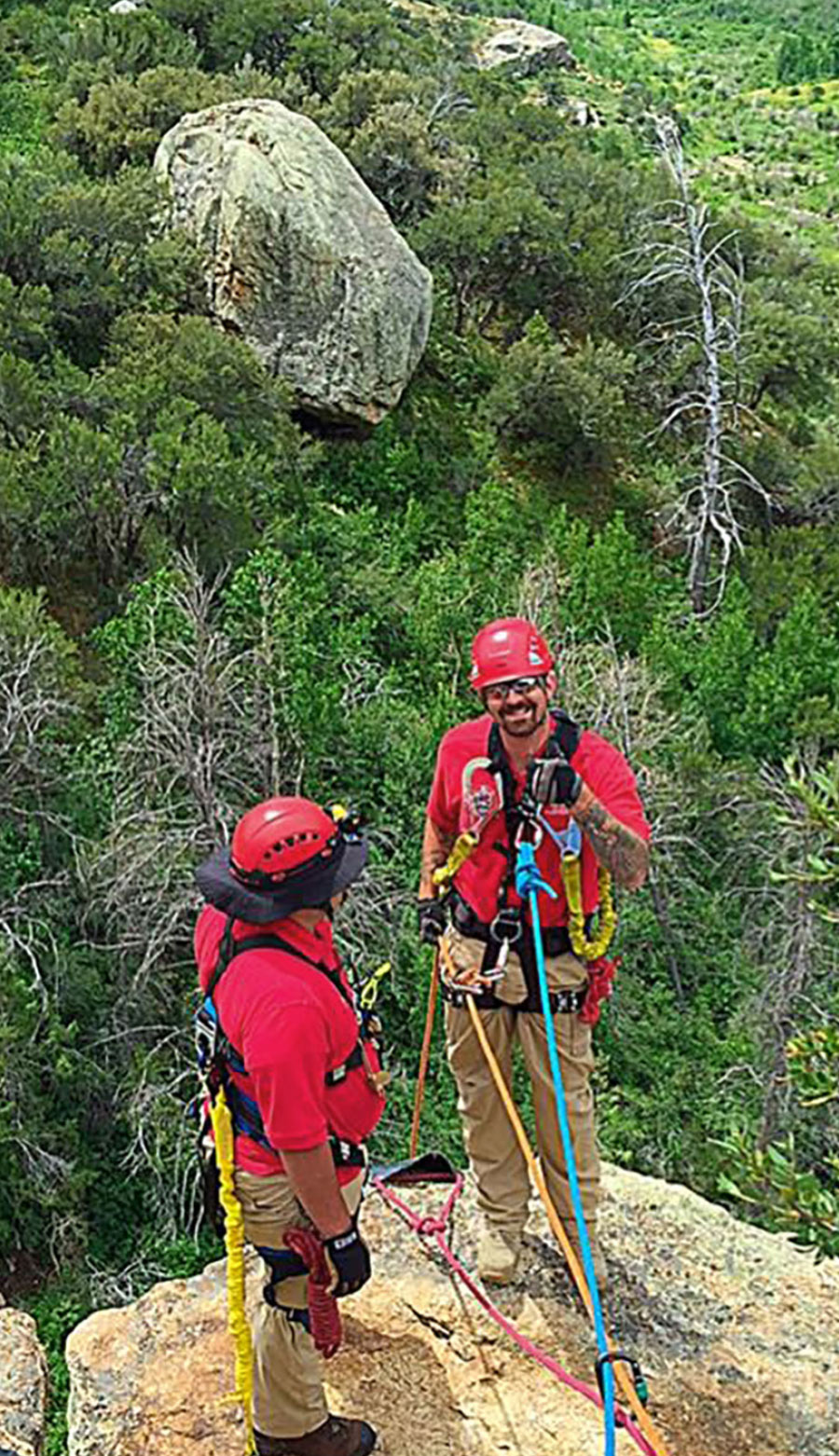
Left: Chris Rodriguez prepares to demonstrate how to perform a high-angle rope rescue during mine rescue training in Lamoille Canyon, Nevada.
Below: Chris Rodriguez leads a wildland firefighting training session in Northeastern Nevada, where he was a rescue team captain.

“He’s a good advocate for the safety committee as a whole,” she says.
Suffering this tragedy in his teens also taught him the importance of working through emotions and life traumas, something that has become a focus of his work in safety.
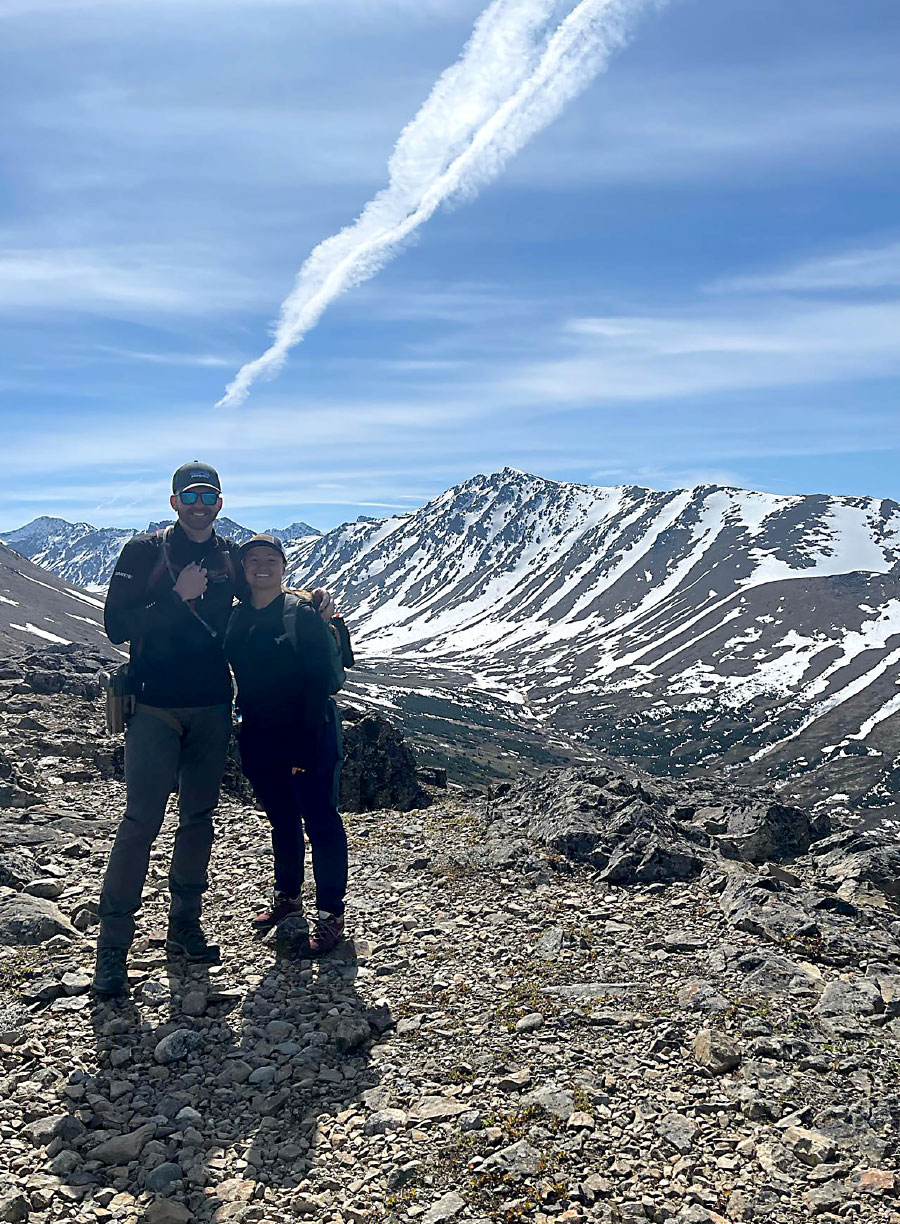
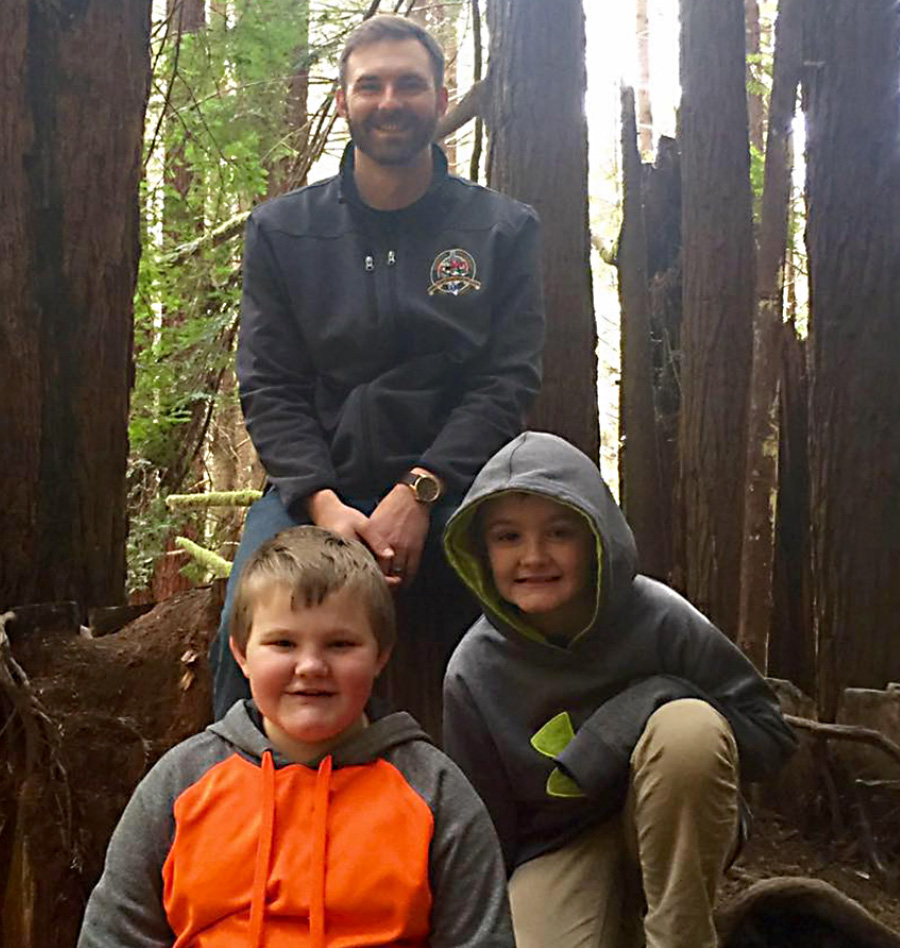
At left, Chris Rodriguez and his wife Mariah enjoy hiking.
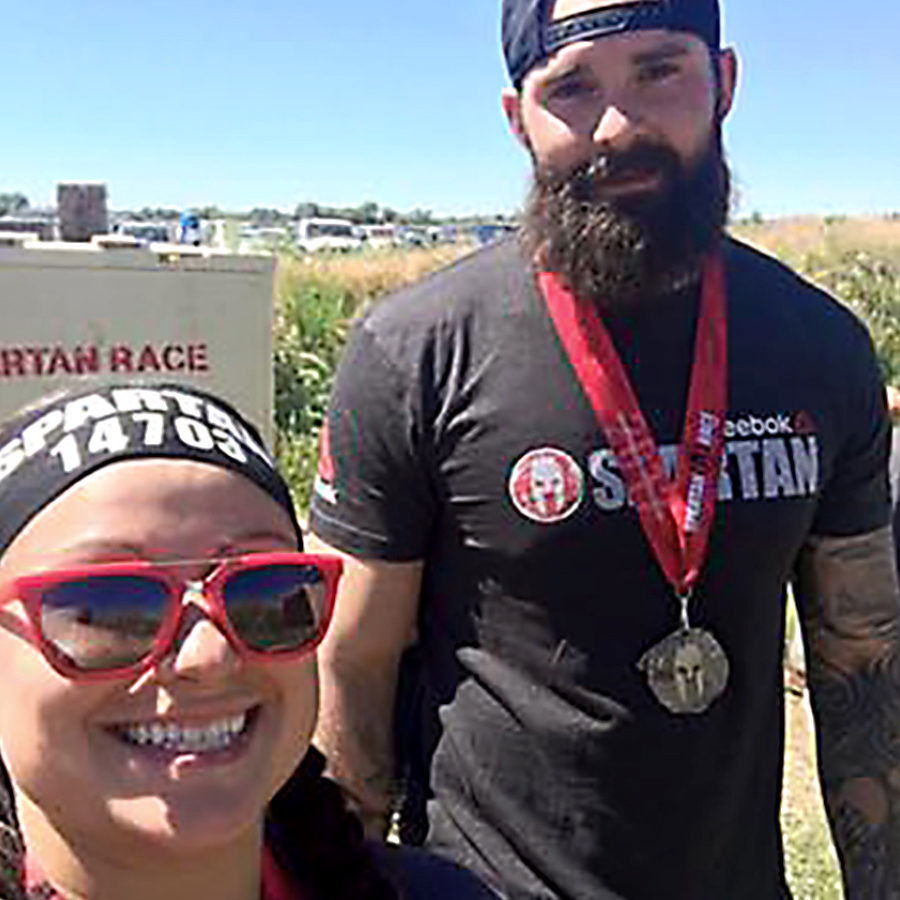
Through both his job at Granite, as well as with the committee, Rodriguez says he and his colleagues are trying to inform “anyone who will listen” about suicide and mental health in the workplace. They educate employees on how to recognize warning signs in themselves or others and “how to help in those situations, or be a resource to someone who might need help.”
“Even if you’re not a counselor, there’s still stuff that we can do to help our employees,” he says.
The committee has held panels and lunch-and-learns where counselors, pastors, safety professionals, and others—including workers—discuss mental health and suicide prevention.
“We’re trying to normalize the conversation around this stuff,” he says. “It’s a tough industry to talk about feelings.”
Whether it’s mental health, job site safety, or any of many areas where the welfare of employees is imperative, Rodriguez is paying attention and teaching others the importance of doing so themselves.
“We want you to come to work and be healthy,” he says. “And we want you to have a long, healthy life.”